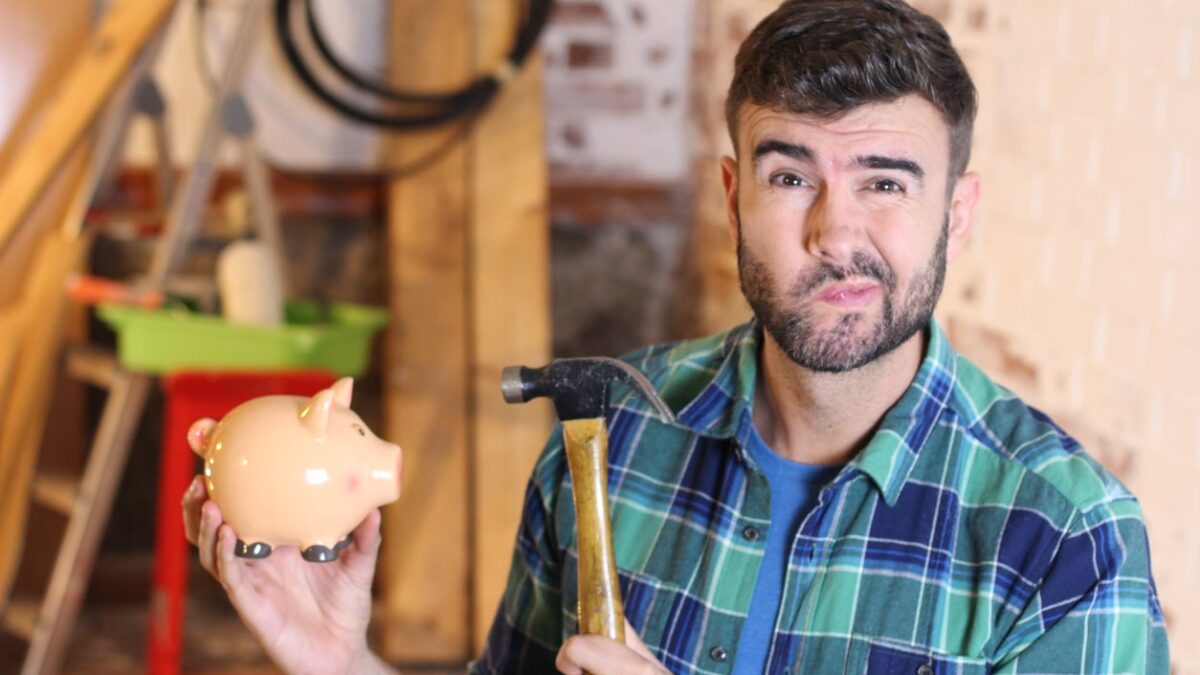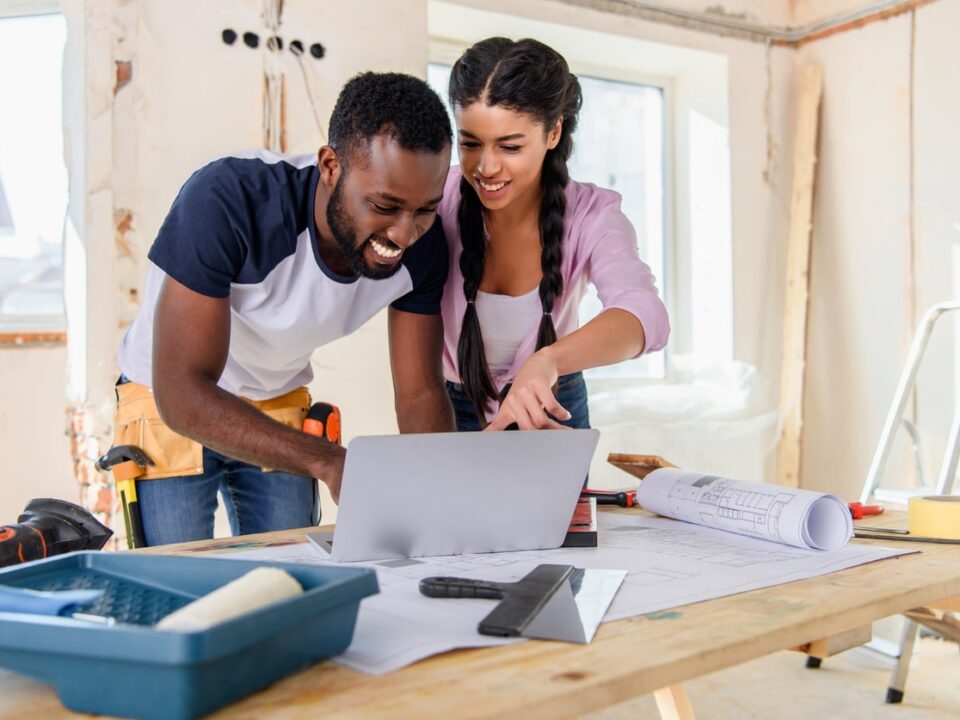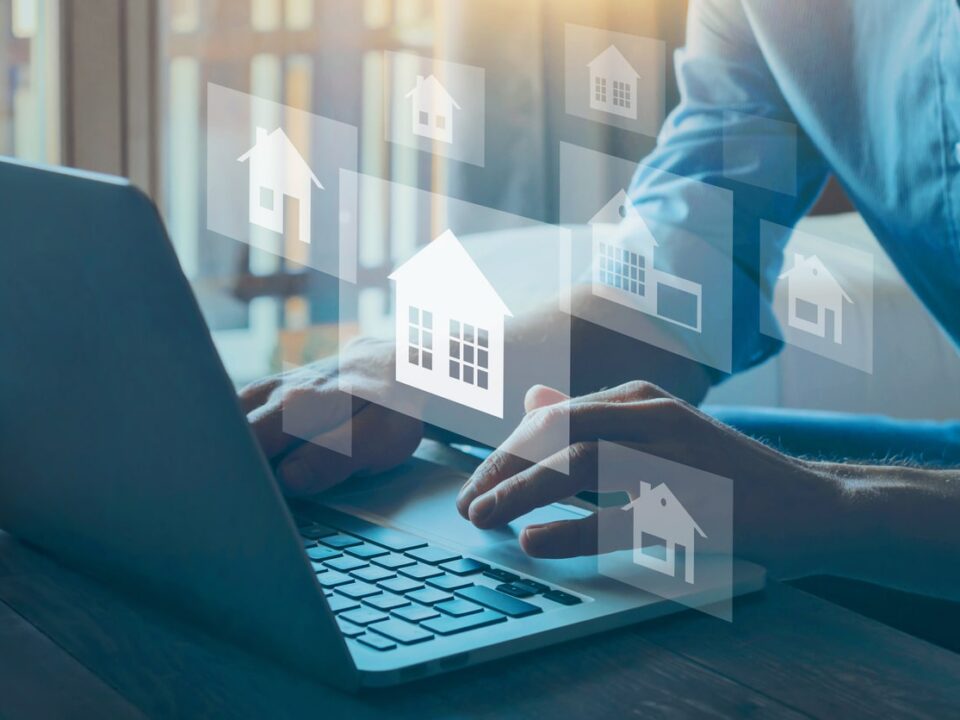PART 2/2: Home Interior
If you’re considering homeownership for the first time, you’ve probably heard that there are hidden costs of buying a house. But what are these hidden costs, and what should you expect?
As there are a plethora of factors involved, we’ve broken them down for you into 2 parts: the purchasing fees and home exterior, and the home interior. While this guide is by no means extensive of all the hidden costs of homeownership, it will at least give you a better idea of what to expect when purchasing a house for the first time.
If you missed Part 1 where we covered the purchasing fees and home exterior, be sure to check that out first! Then continue here for Part 2 of our guide with the 7 hidden costs of buying a house that deals with the home’s interior:
- Furniture/Appliances
- Tools for the Home
- Windows and Lights
- Flooring
- Utilities
- Security System
- Emergency Fund
1. Furniture/Appliances
One of the biggest hidden costs of buying a home for the first time might be acquiring new furniture and appliances.
Depending on the details of the sale and the home seller’s situation, the home appliances may or may not be included in your purchase. If not, you need to make sure you add the cost of all new appliances into the overall cost of purchasing the house. However, even if the appliances are included, ask the home sellers or your realtor about how old the appliances are and any warranties involved. Older appliances will require more repairs and will need to be replaced sooner.
Another large cost of buying a home to consider is the furniture. If you are buying a home for the first time, you are likely upgrading in size with more rooms to furnish than before. This means you will require more furniture to add to your collection or all new sets. This can definitely be one of the more enjoyable parts of new homeownership. But depending on your style and taste, it can be one of the more expensive parts as well.
2. Tools for the Home
One of the most significant life changes that happen when you switch gears from renting to owning is that you are now in charge of total home maintenance. If something breaks or requires fixing, there’s no management to call because you are management now! While this can be exciting if you are an avid DIY type, this should also be factored into the overall cost of buying a house.
If you are handy and like to fix things yourself, you’ll need to have a lot of major maintenance tools and supplies on hand to tackle any problems that come up. And tools aren’t cheap! But even if you opt for hiring out some handyman help for your home maintenance, there are still some standard home tools you’ll need to have available for smaller repair (or decorating) emergencies.
3. Windows and Lights
Another set of hidden costs of buying a house to budget for is the windows and lighting.
Especially if you are purchasing an older house, you’ll probably need to replace the windows at some point. Old windows can be drafty and dingy, whereas newer windows are much more energy-efficient and help save money in the long run. But it does require that initial replacement cost.
It is also likely that the window coverings – such as blinds, shades, and curtains – will require updating as well. As mentioned earlier, an upgrade to ownership frequently means an upgrade in size. So even if you are bringing some curtains and accessories with you, you will probably need to purchase more. You can actually turn your windows into one of your best investments!
Another aspect of the house that might require either initial or eventual improvement is lighting. Whether your new house requires a complete overhaul to modernize the lighting system or you just need to update some fixtures, electricians and purchasing supplies and accessories are more of those costs of buying a house that can really add up.
4. Flooring
Everyone has different standards and preferences when it comes to flooring in a home. So maybe you found the perfect house, but it has carpeting instead of hardwood floors – or vice versa. If that’s the case, you’ll need to add the reflooring price estimate into the overall costs of buying a home. Whether you need to change up the floor in one room or all of them, the cost of flooring and installation can be significant.
Or, you might be happy with the flooring as it is (maybe that was one of the selling factors!). But there are still floor accessories to consider and budget for, such as area rugs and maintenance appliances and products.
If you have a lot on your plate with work and family obligations, you might find the cleaning upkeep of a larger house overwhelming, especially when it comes to the floors. If so, you might require a maid service monthly or on occasion to help out with the larger space, which should also be budgeted accordingly.
5. Utilities
One of the most extreme hidden costs of buying a house for the first time, especially if you’re coming from a smaller apartment, will be the cost of utilities. A larger house with more rooms to maintain means a higher monthly utility bill. This can come as quite a shock to first-time homeowners.
Ask questions of your realtor or the home sellers beforehand about the average of the monthly utilities in that specific home and area. An older home with less insulation might be more expensive to maintain in extreme weather than a newer one. Also, if you are moving to an entirely new climate, you’ll need to know the seasonal differences in average energy needs and prices for your new area.
6. Security System
Feeling safe and secure in your new neighborhood is one of the most important costs of buying a house. There is a myriad of modern and effective home security systems available at different pricing options. Do some research. Find out what works best for you with your budget and overall sense of security for you and your family.
7. Emergency Fund
If you are a student of Dave Ramsey or just really good at budgeting, you probably already understand the concept of having an emergency fund. An emergency fund is a stash of money set aside to cover the financial surprises life throws your way.
The general rule is to have at least 3 to 6 months’ worth of expenses set aside in case you lose your job or need major repairs. (Or, perhaps, there is an off chance your state experiences a once-in-a-generation snowstorm during a worldwide pandemic.) If there’s one thing 2020 (and 2021 so far) has taught us, it’s that we need to be financially prepared for anything.
If you are becoming a new homeowner, another one of the most significant costs of buying a house will be that your emergency fund amount will need to be elevated. As we’ve discussed, your new utility bills, mortgage, and home maintenance all add up. So it will be time to update your emergency fund to reflect this change as well.
If you are thinking about buying a new home, don’t let all these hidden costs scare you away! Your personal lifestyle and whatever life does or doesn’t throw at you will reflect the severity (or lack thereof) of any of these factors. But the key to owning a home and not letting the home own you is to be as prepared as you can. Simply consider all of these factors when deciding which new home is perfect for you!
Are you considering buying a new home or selling your current one? Give us a call to see how we can help! Ruth Stultz is a highly experienced realtor who understands Lake Conroe and Montgomery County better than anyone. When it comes to finding the perfect property with everything you want, Ruth knows exactly where to look. You can trust Ruth Stultz with your next home, or the sale of your current home.
Love this content and want to more? Check out our blog!





